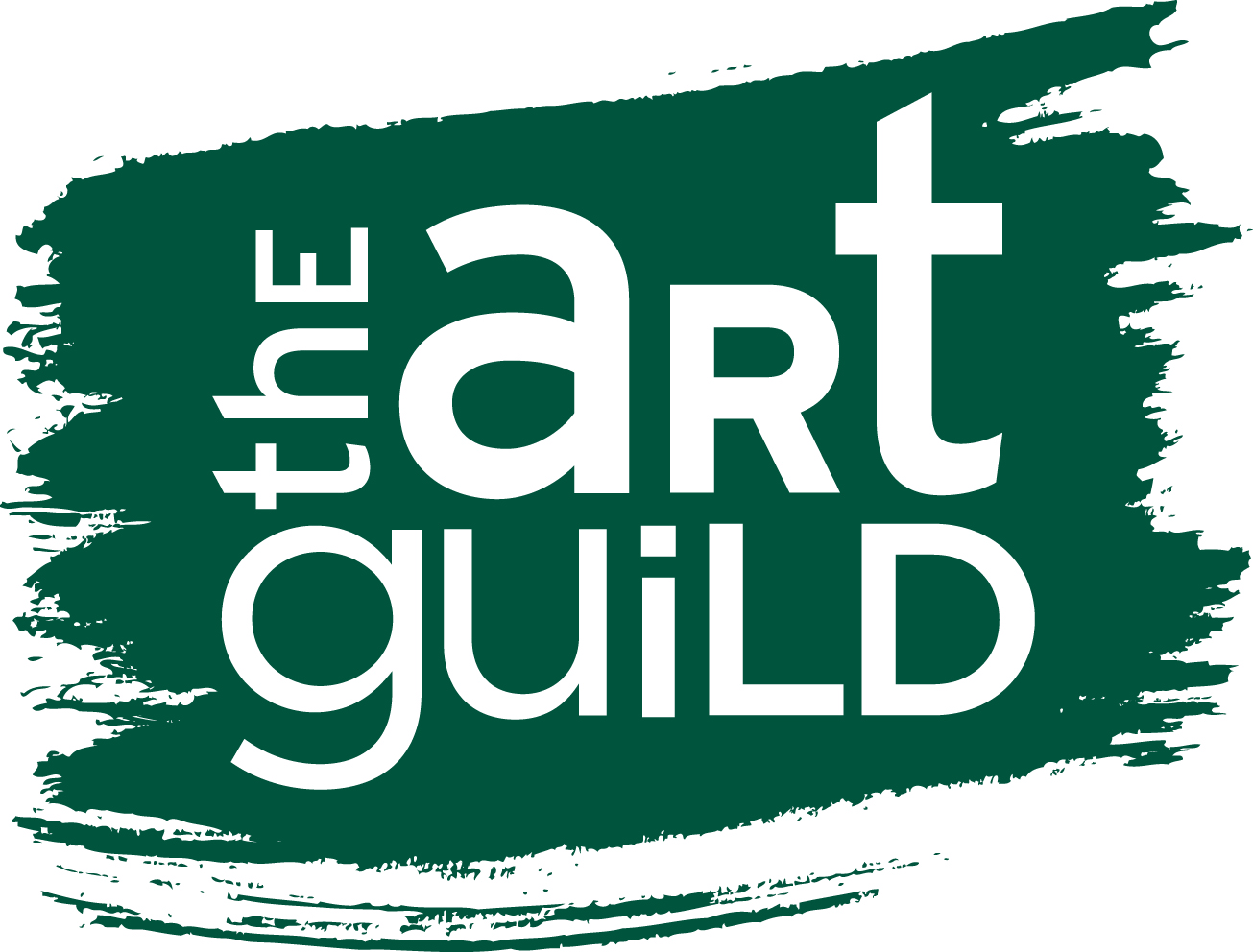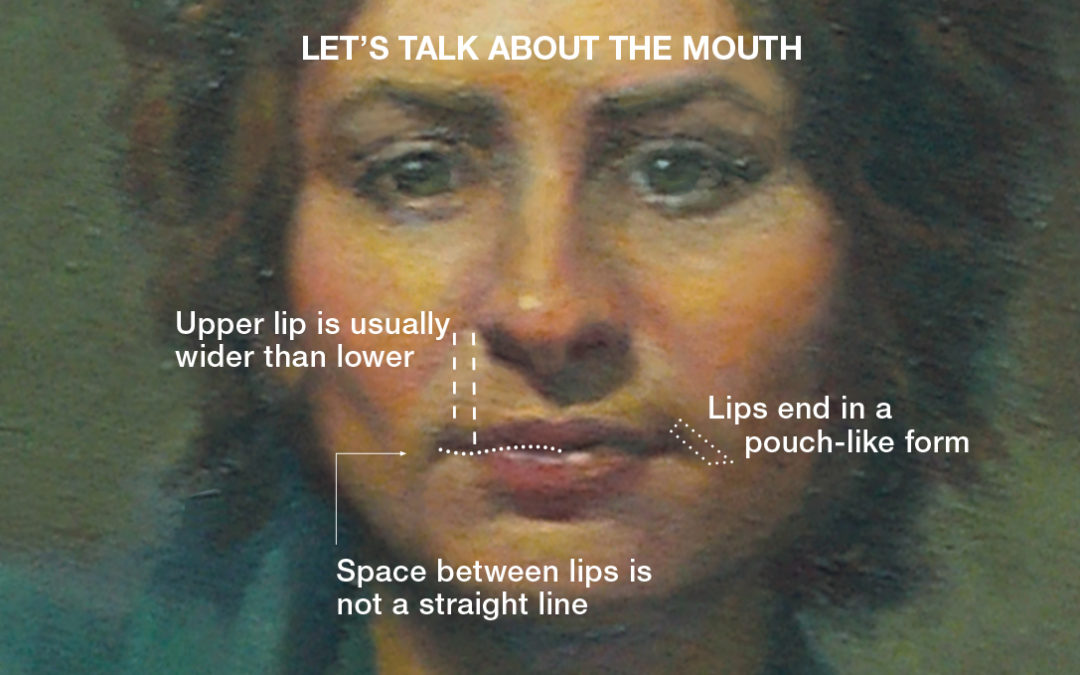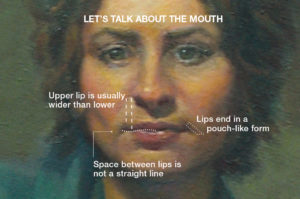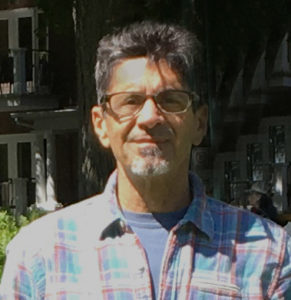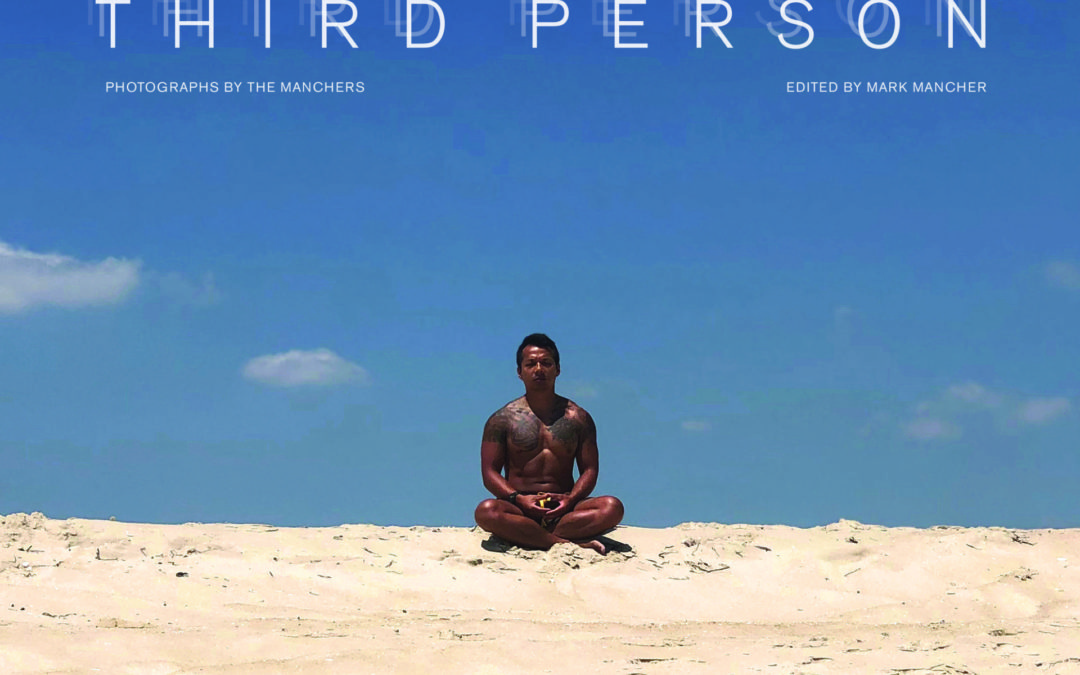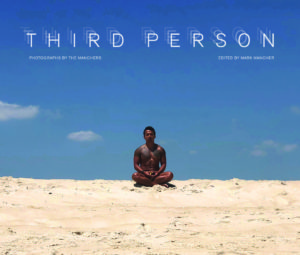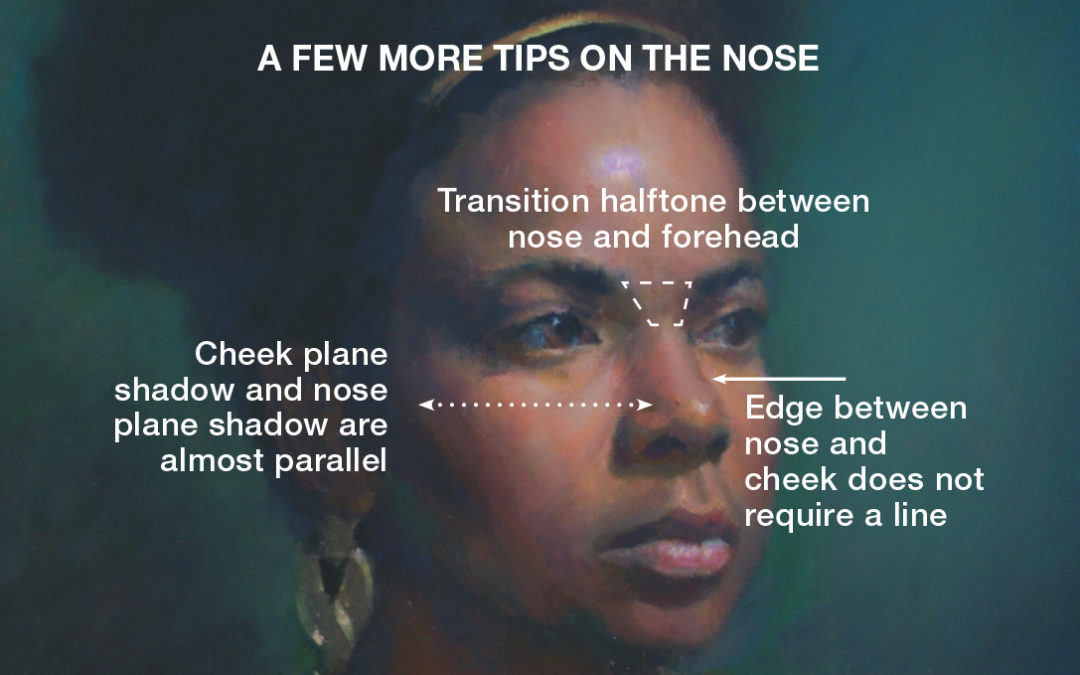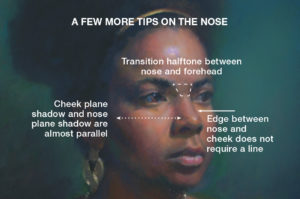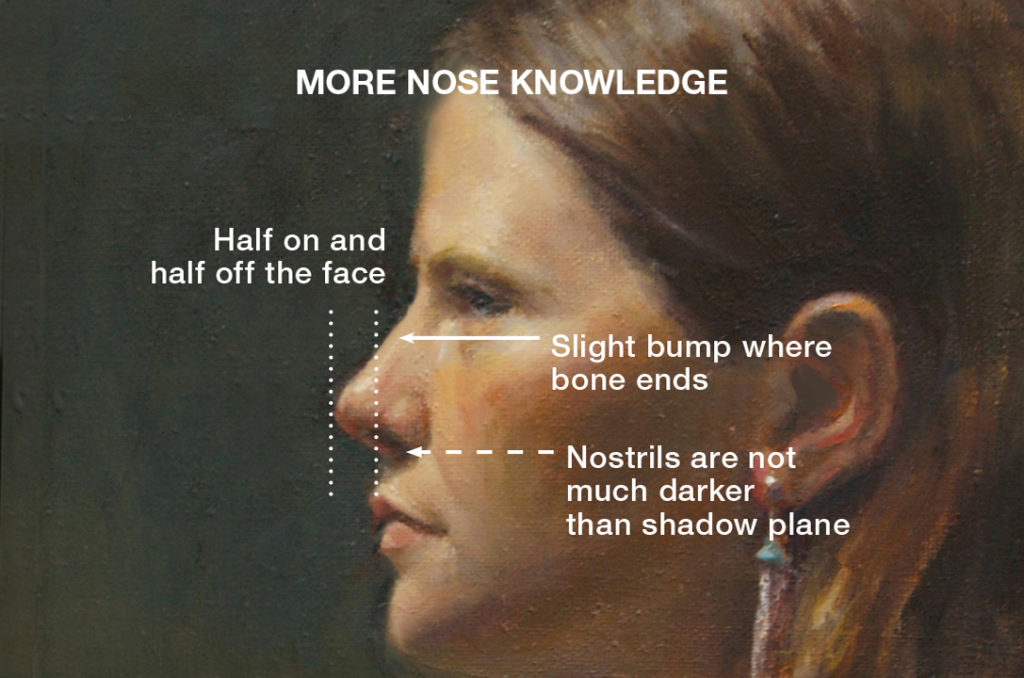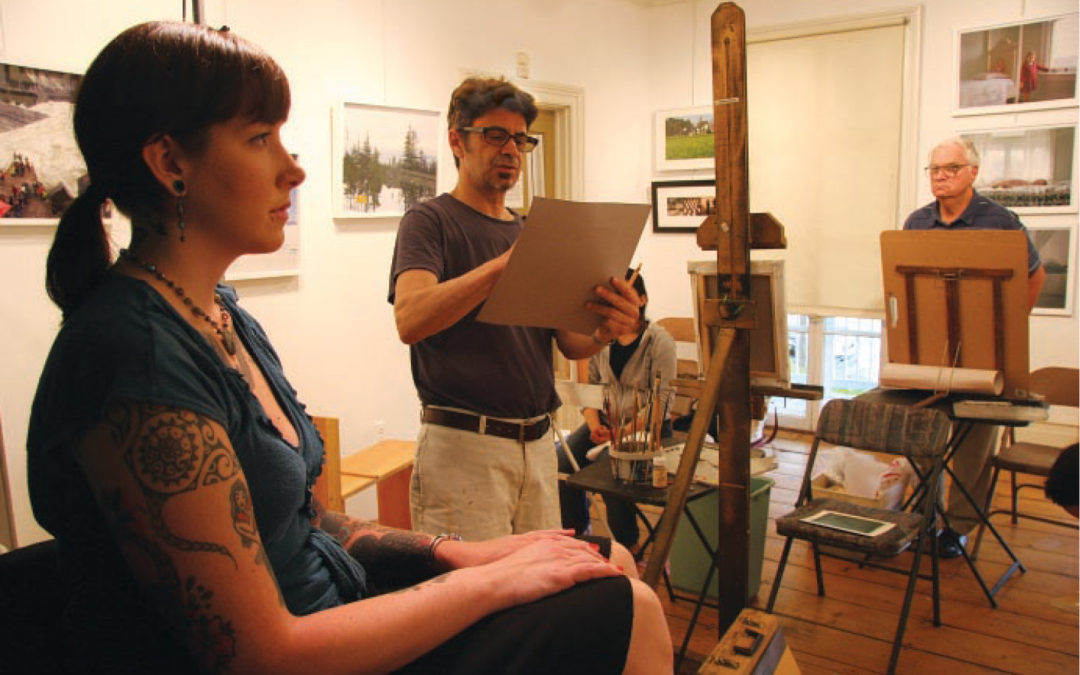
There’s a Trick for That! Realistic Facial Features with Rob Silverman
There’s a Trick for That! Rendering Realistic Facial Features with Robert Silverman
4 Weeks • THURSDAYS • 1-4pm
Fall: Sept 10, 17, 24 & October 1
$230 Members / $265 Non Members
*** Outdoor Classes are under a tent so that social distancing can be practiced. Face mask guidelines must be followed and tables will be cleaned between classes. Guidelines will be provided to all students upon registration.
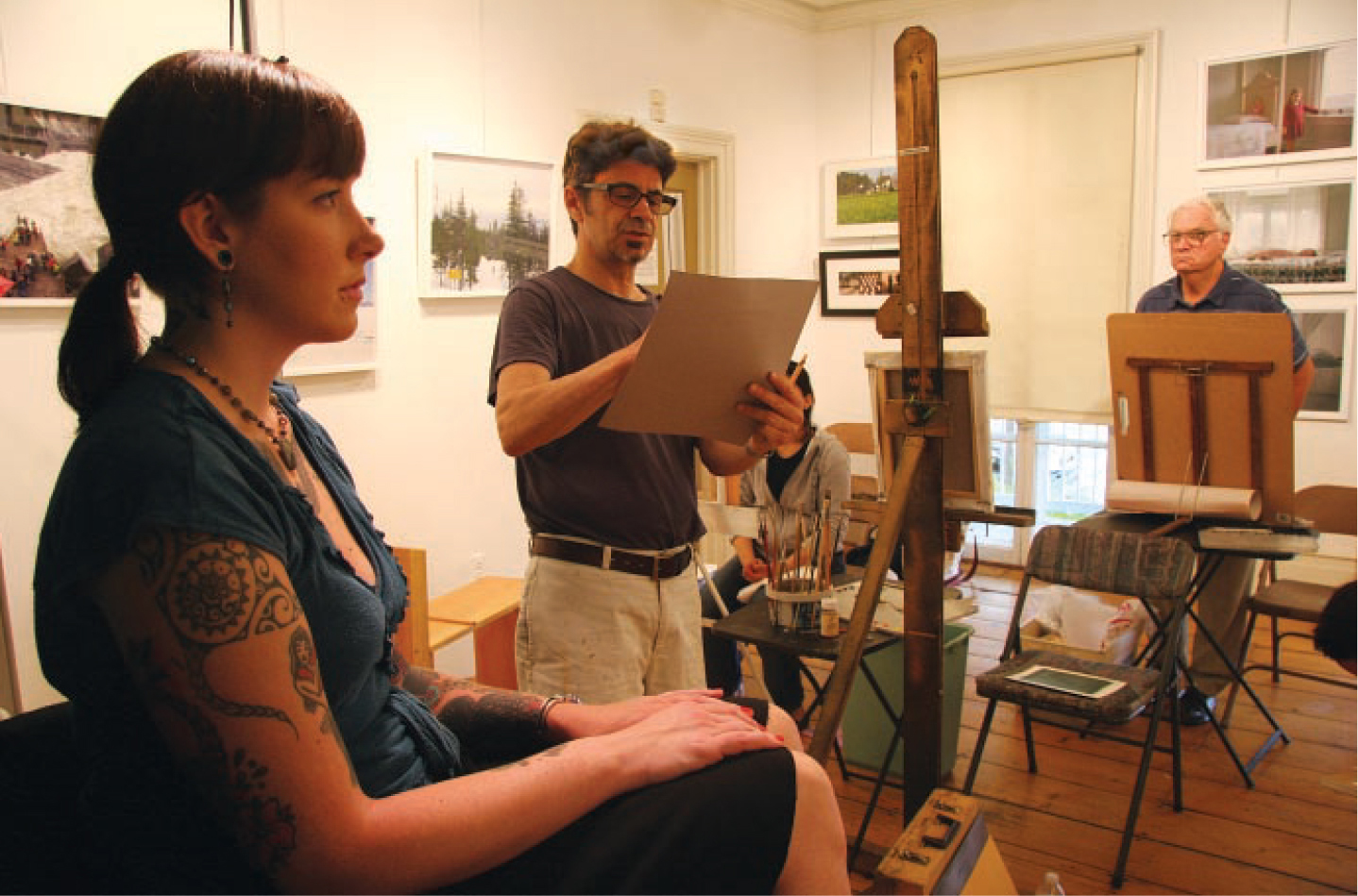
THERE’S A TRICK FOR THAT The Keys to Rendering Realistic Facial Features: Eyes, Nose, Mouth and Ears
If you want to draw or paint expressive Portraits, it is not enough to try to copy what you see, trying to mimic every contour as you become frustrated with the model moving ever so slightly. If you know what to look for, you will render realistic form with confidence!
Working from a live model, this Workshop will provide you with the knowledge and experience that reveals the patterns to every key Feature on the head. Through demonstrations, handouts, exercises and personalized crItiques, you will be provided with the strategy and insight to identify and replicate the unique characteristics of the sitter’s Head and Individual Features.
The 4 session Workshop includes demos, handouts and personalized critique including:
- The effect of light on the form and choosing an optimal lighting set-up to reveal the key features.
- The overall structure of the head with keys to placement of each feature
- Compositional guidelines to optimally position the head on the canvas.
- Information regarding application of any medium to produce a convincing final rendering and likeness
REGISTER:
Materials List
OIL
For experienced painters, bring the colors you are comfortable with. Please use Turpanoid as a substitute for turpentine. Beginners may want to try water soluble oils (Lukas Berlin from Jerrys Artarama is an inexpensive option). Light to medium toned (similar to the color of sand paper or a midtone grey) stretched canvas or panel, 11×14, 12×16, or 14×18 preferred. A hand-held mirror is recommended, as well as a View Catcher or equivalent.
BRUSHES
A selection of brushes each from 2 (2 brushes), 4 (3 brushes), 6 (1), 8 (1) sizes—Princeton Aspen are a good choice. Please have mostly filberts and a few small rounds.
Paper Towels
Palette; or 12×16 Richeson gray palette pad
Palette knife
COLORS (limited palette† is ok)
Cerulean Blue†
Cobalt Blue
Ultramarine Blue†
Chromium Oxide Green†
Viridian†
Alizaron Crimson†
Burnt Sienna†
Raw Umber†
Flesh
Yellow Ochre†
Naples Yellow
Cad Red†
Cad Orange
Cad Yellow†
Titanium White†
Ivory Black†
CHARCOAL OR PASTEL (as option to oil)
Canson Mi-Teinte 3 or 4 total sheets (for padding) of middle grey color such as light blue, light grey or wave green or 12×16 Canson pad of various colors of greys (use smoother side of paper)
–sharpener, and/or single-edge razor blades; emory board (works better than sandpaper blocks)
–paper stumps, and paper towels–kneaded erasers–chamois (chammy) cloth
Pastel: Bring our own set of pastels or buy nupastel prismacolor or faber-castelle hard pastel set of 36 (I will also have pastels you can experiment with on hand).
Charcoal: White charcoal pencil and hb, 2b, 4b, 6 (Generals brand charcoal pencils preferred).
Rob Silverman's Bio
Rob Silverman’s innovative techniques have been featured in American Artist Workshop Magazine and The Art of the Portrait, the official publication of the Portrait Society of America. His work has appeared at Crosby Street Gallery and Spring Studio Gallery in Soho, the Art League of Long Island, Edward Hopper House, The Art Guild of Port Washington, The National Art League, the Lockwood-Mathews Museum, as well as the National Arts Club and Salmagundi Club.
